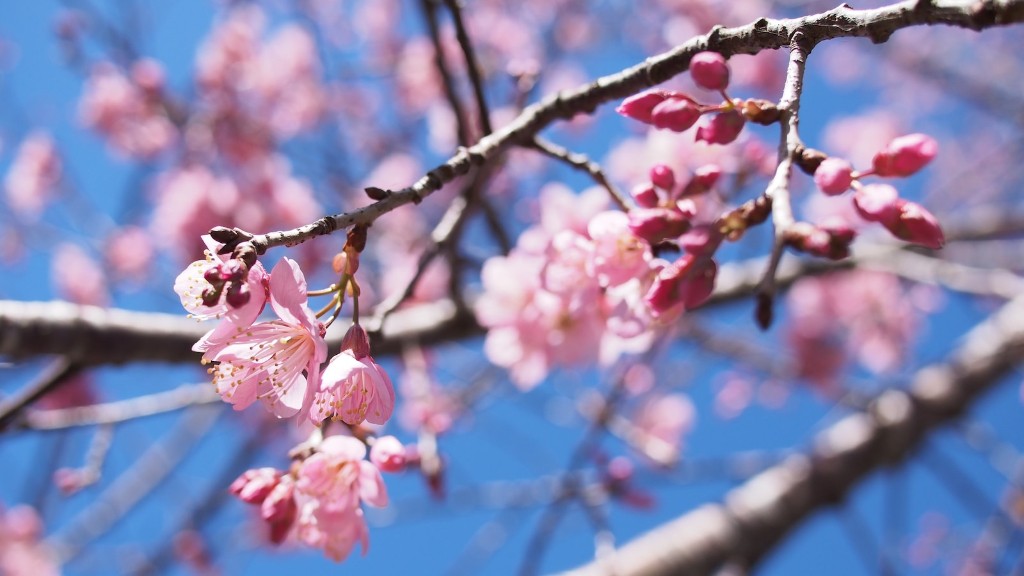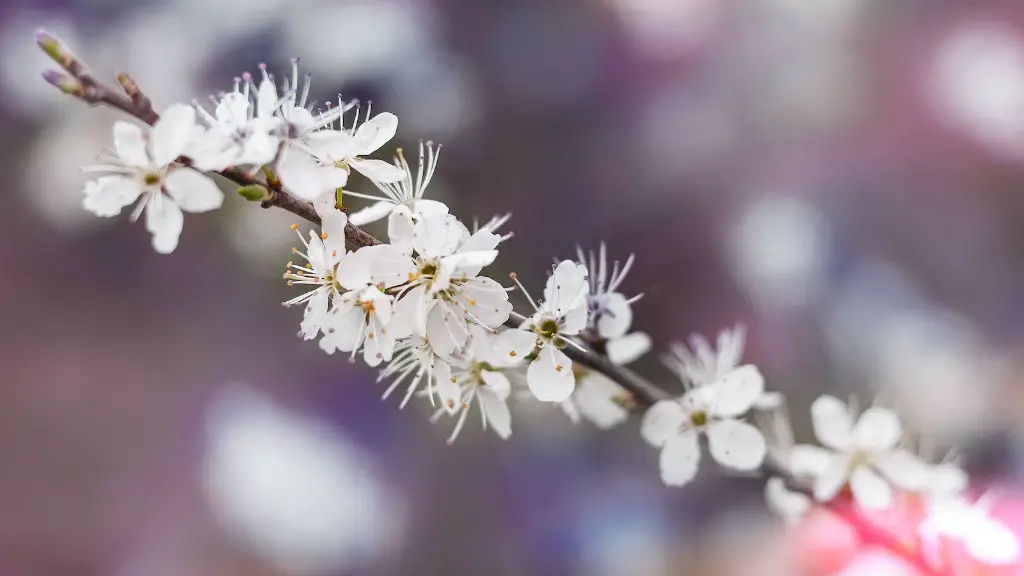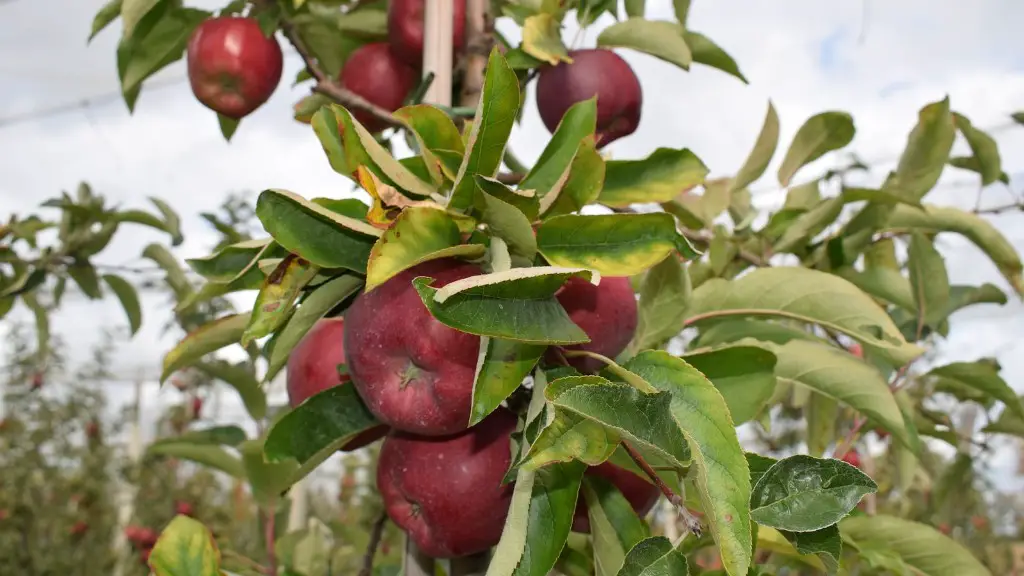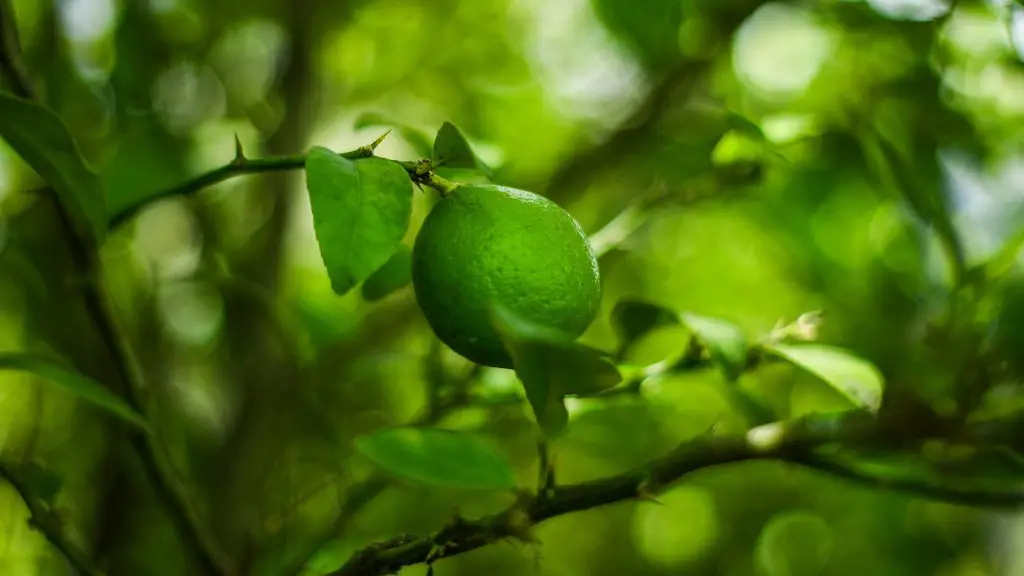A cherry tree is a beautiful addition to any landscape. It delivers an abundance of summertime fruit and can bring beauty and shade to your garden. However, after the fruiting season is over, potentially hazardous shoots may begin to sprout from the base of the trunk. This strongly indicates dead or dying wood in the main stem, which doesn’t necessarily indicate that the tree is dead, however, it must be addressed. Immediately.
If you notice numerous shoots from the base of the cherry tree, this is a sign that it’s time to take action. It is crucial to understand how to stop cherry tree shoots in order to ensure the health of the tree.
Experts recommend pruning dead wood that is a year or two old and eliminating dying wood. To achieve this, examine the tree, looking for areas with shoots growing downward from the trunk, dead branches, and dead wood. Once the cause of the sprouts is identified, you can begin to work on cutting the dead wood from the main part of the trunk. It is best to cut it several inches from where the bark is living and apply tar sealer to the area.
Another way to stop the shoots is to use mulch. Placing mulch around the tree can prevent any new sprouting and help to retain moisture. This helps to reduce any unnecessary growth and strengthens the existing roots. It also allows the tree to develop new growth without the burden of additional shoots.
It is essential to make sure that the roots receive adequate water supply. Consistent watering of the cherry tree is imperative to allow it to recover from the process of dealing with the little sprouts that may be appearing. The tree needs to be hydrated in order to fight off any other sprouts that may be developing. If the soil is too dry, new shoots can occur more rapidly.
When caring for a cherry tree, it is also important to keep it trimmed. As with any other tree, it is often necessary to prune back the branches for optimal health. Pruning offers several advantages. Firstly, it prevents the crown from becoming too thick. This ensures that the center of the tree gets air circulation, making it less prone to diseases, pests, and fungal infections. Secondly, it encourages fruiting. Cherry trees produce more fruit when their canopy is well-pruned.
Fertilization
The effectiveness of fertilization in reducing sprouts from a cherry tree can depend on the nutrient content of the soil. The soil should be tested regularly in order to establish the content of essential nutrients. If the soil is found to be lacking in a particular nutrient, the right type of fertilizer can be added to fill the gaps.
Regular fertilization helps to promote the production of vegetation, which in turn reduces the occurrence of sprouts. When choosing a fertilizer, it is important to use the right amount. Too much fertilizer can burn the roots while too little can lead to deficiencies that can cause sprouts to appear.
After applying fertilizer, it is also important to irrigate the tree properly. This helps to distribute the nutrients evenly and encourages root growth. This in turn helps to reduce the likelihood of any barren spots where sprouts may appear.
Chemical treatments
If pruning, mulching or fertilizing does not prevent the occurrence of shoots, chemical treatments may have to be used. Various herbicides can be applied to the base of the tree in order to deter the growth of unwanted shoots, as well as inhibiting any bacterial diseases that may occur.
It is important to be aware of the herbicides that you use. Some products on the market are more toxic than others, and some may be prohibited in certain areas. If you are unsure, it is best to consult a professional before taking any action.
Herbicides always come with safety regulations which must be followed. When using these products, it is essential to wear the right protective gear and clothing to avoid any accidental skin contact. Additionally, take care to avoid breathing any chemical vapors and fumes that may result from treating the tree.
Aftercare
Once you have taken the necessary steps to stop shoots from appearing, it is crucial to ensure that the roots receive sufficient water, nutrients and air circulation. Keeping the soil moist will help to promote root growth and support the health of the tree. It is important to remember that a healthy cherry tree is less likely to produce shoots.
As with any other tree, it is important to use mulch to keep the soil moist and free from weed growth. This has a positive effect on the overall health of the tree. Mulching also improves the fertility of the soil, by providing the nutrients that the tree needs to grow and flourish.
Keeping the tree pruned will also help to maintain its health. Regular pruning will improve the tree’s structure and encourage more blooms and more fruit. It is also essential to keep an eye out for any pests or diseases that may be affecting the tree. If any signs of disease are observed, it is important to take action straight away.
Preventative measures
Cherry trees need to be well cared for to prevent any issues arising. Taking preventive measures is essential in keeping a cherry tree in optimal condition. Begin by maintaining the tree’s roots. This can be done by regularly checking for any diseased or decaying root systems and removing them when needed.
It is also important to practice proper irrigation techniques. Cherry trees should be watered in the early morning or late evening, to reduce heat stress and to make sure the tree isn’t deprived of essential water. Regular watering can go a long way in preventing the appearance of shoots.
In order to make sure that the tree receives all the necessary nutrients, it is important to fertilize regularly. Choosing the right type of fertilizer and applying it at the right time can help to deliver the nutrients to the root system of the tree, reducing the chances of shoots appearing.
Summary and conclusion
Knowing how to stop cherry tree shoots is vital in maintaining the health of the tree. It is important to quickly recognize the signs of a troubled cherry tree, and to take the necessary steps to prevent issues from occurring. Pruning, mulching, and fertilizing can help to reduce the occurrence of shoots, and chemical treatments can be used as a last resort. Aftercare is also essential for the overall success of the tree, as is keeping an eye out for signs of disease. By taking the right preventive measures, you can ensure that your cherry tree remains a healthy, beautiful part of your landscape.



